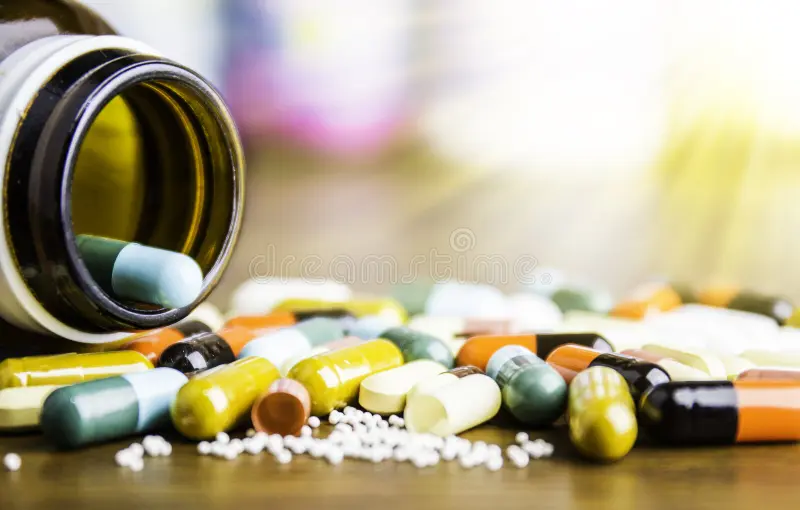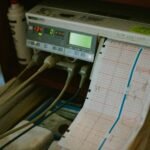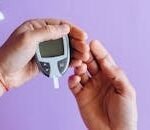Pharmacy Practice MCQ, in this article we will solve, Practice MCQ under subject physical pharmaceutics. Read following article for your reference.
Surface And Interfacial Phenomenon » PHARMACAREERS
- What is surface tension?
- A) The force that acts on the surface of a liquid
- B) The force that acts on the surface of a solid
- C) The force that acts on the surface of a gas
- D) The force that acts on the surface of a plasma
- Which of the following is an example of a surface-active agent?
- A) Water
- B) Sodium chloride
- C) Soap
- D) Ethanol
- What is the unit of surface tension?
- A) Newton
- B) Dyne/cm
- C) Pascal
- D) Joule
- What is the phenomenon where molecules at the surface of a liquid are attracted to each other?
- A) Adhesion
- B) Cohesion
- C) Diffusion
- D) Osmosis
- Which of the following factors affects surface tension?
- A) Temperature
- B) Pressure
- C) Volume
- D) Density
- What is the term for the curve at the surface of a liquid in a container?
- A) Meniscus
- B) Capillary
- C) Interface
- D) Surface film
- What is the effect of surfactants on surface tension?
- A) Increase
- B) Decrease
- C) No effect
- D) Variable effect
- Which of the following describes the contact angle?
- A) The angle between a liquid and a solid surface
- B) The angle between two liquid surfaces
- C) The angle between a gas and a liquid surface
- D) The angle between two solid surfaces
- What is the term for the spreading of a liquid on a solid surface?
- A) Wetting
- B) Spreading
- C) Absorption
- D) Adsorption
- Which of the following is NOT a type of interfacial phenomenon?
- A) Capillary action
- B) Surface tension
- C) Viscosity
- D) Adsorption
- What is the Gibbs adsorption isotherm used for?
- A) To describe the adsorption of gases on solids
- B) To describe the adsorption of liquids on solids
- C) To describe the adsorption of surfactants at interfaces
- D) To describe the adsorption of solids on liquids
- What is the term for the energy required to increase the surface area of a liquid?
- A) Surface energy
- B) Surface tension
- C) Surface pressure
- D) Surface potential
- Which of the following is a common method to measure surface tension?
- A) Capillary rise method
- B) Viscosity measurement
- C) Density measurement
- D) Refractive index measurement
- What is the effect of temperature on surface tension?
- A) Increases with temperature
- B) Decreases with temperature
- C) No effect
- D) Variable effect
- What is the term for the layer of molecules that forms at the interface between two phases?
- A) Monolayer
- B) Bilayer
- C) Multilayer
- D) Micelle
- Which of the following is an example of an interfacial phenomenon in everyday life?
- A) Oil spreading on water
- B) Sugar dissolving in tea
- C) Ice melting
- D) Salt crystallizing
- What is the term for the spontaneous movement of a liquid in a narrow space?
- A) Capillary action
- B) Diffusion
- C) Osmosis
- D) Percolation
- Which of the following is a factor that affects the contact angle?
- A) Surface roughness
- B) Temperature
- C) Pressure
- D) Volume
- What is the term for the decrease in surface tension due to the presence of surfactants?
- A) Surface activation
- B) Surface deactivation
- C) Surface reduction
- D) Surface relaxation
- Which of the following is a property of surfactants?
- A) Hydrophilic
- B) Hydrophobic
- C) Amphiphilic
- D) Lipophilic
- What is the term for the force that acts parallel to the surface of a liquid?
- A) Surface tension
- B) Surface pressure
- C) Surface shear
- D) Surface force
- Which of the following is an example of a hydrophobic surface?
- A) Glass
- B) Plastic
- C) Metal
- D) Teflon
- What is the term for the adsorption of molecules at the interface between a liquid and a gas?
- A) Surface adsorption
- B) Interfacial adsorption
- C) Gas adsorption
- D) Liquid adsorption
- Which of the following is a method to reduce surface tension?
- A) Adding surfactants
- B) Increasing temperature
- C) Decreasing pressure
- D) Increasing volume
- What is the term for the energy required to break the surface of a liquid?
- A) Surface energy
- B) Surface tension
- C) Surface pressure
- D) Surface potential
- Which of the following is an example of a surface-active agent in pharmaceuticals?
- A) Sodium chloride
- B) Ethanol
- C) Polysorbate 80
- D) Water
- What is the term for the phenomenon where a liquid spreads on a solid surface?
- A) Wetting
- B) Spreading
- C) Absorption
- D) Adsorption
- Which of the following is a factor that affects the spreading of a liquid on a solid surface?
- A) Surface tension
- B) Viscosity
- C) Density
- D) Volume
- What is the term for the layer of molecules that forms at the interface between a liquid and a solid?
- A) Monolayer
- B) Bilayer
- C) Multilayer
- D) Micelle
- Which of the following is an example of an interfacial phenomenon in pharmaceuticals?
- A) Emulsion stability
- B) Tablet dissolution
- C) Drug crystallization
- D) Capsule filling
For more regular updates you can visit our social media accounts,
Instagram: Follow us
Facebook: Follow us
WhatsApp: Join us
Telegram: Join us





